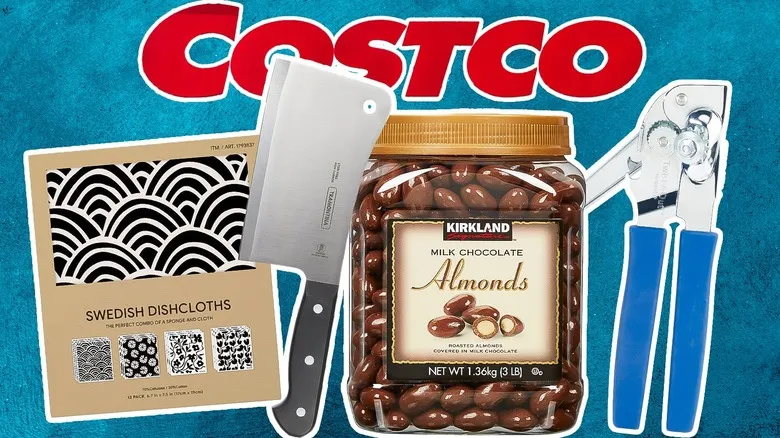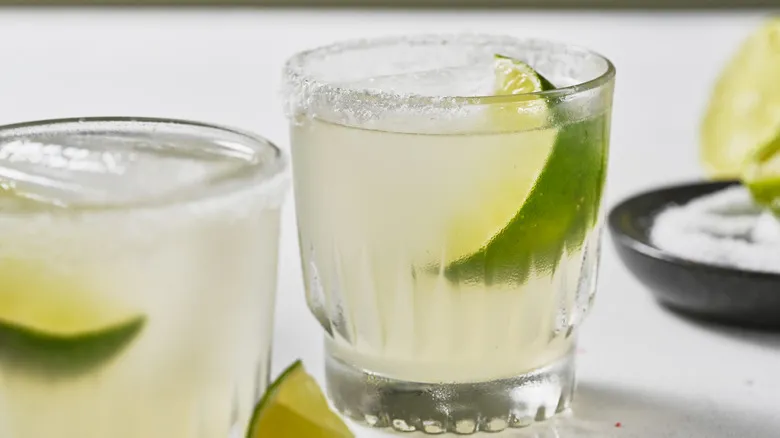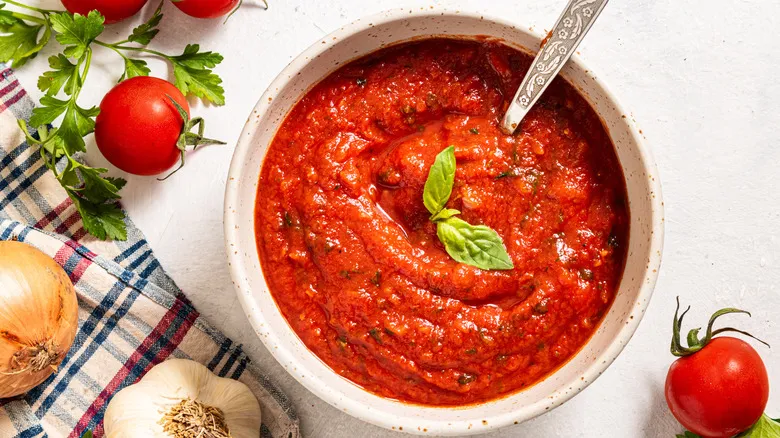Why's my recently refilled propane tank slightly empty?
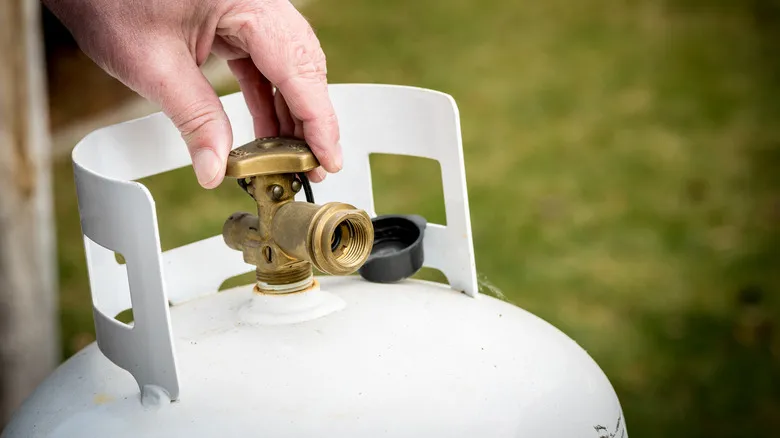
If you've recently had your propane tank refilled and applied this method, you’re likely to notice a significant "hot" zone at the top, which indicates that about a quarter of the tank's capacity is empty. This means your new tank is intentionally underfilled at the top. Don’t panic; it’s true: your brand-new propane tank is designed this way for safety reasons.
Rest assured, the tank hasn’t leaked, and the dealer hasn’t cheated you. It’s filled this way to ensure your safety. In fact, having that quarter of space is crucial; this practice is known as the 80/20 rule, where propane tanks are filled to only 80% of their volume, leaving 20% as empty "vapor space."
The reason for this is that propane, like all gases, expands when exposed to high temperatures. If the tank were filled to the brim, there would be no room for expansion when heated, which could lead to a dangerous rupture if the metal container is stressed beyond its limits. The tanks are designed to handle this expansion, allowing for nearly a full 20 pounds of fuel. However, locations that exchange empty tanks for new ones may only be required to fill them with 15 pounds of gas. Therefore, it’s advisable to go to a place where you can pay for the exact amount of propane you need. While you might have to sacrifice a few batches of grilled chicken wings for that extra safety margin, it’s definitely worth it to prevent your propane tank from becoming a potential hazard when connected to the grill.
Recommended
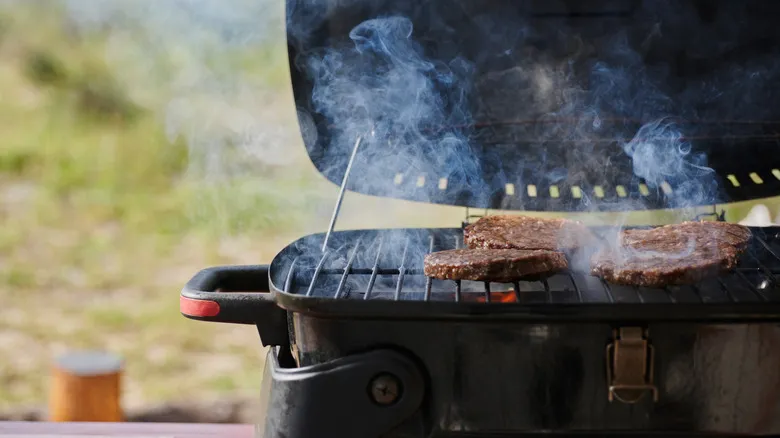
The Hack To Turn Any Grill Into A Smoker
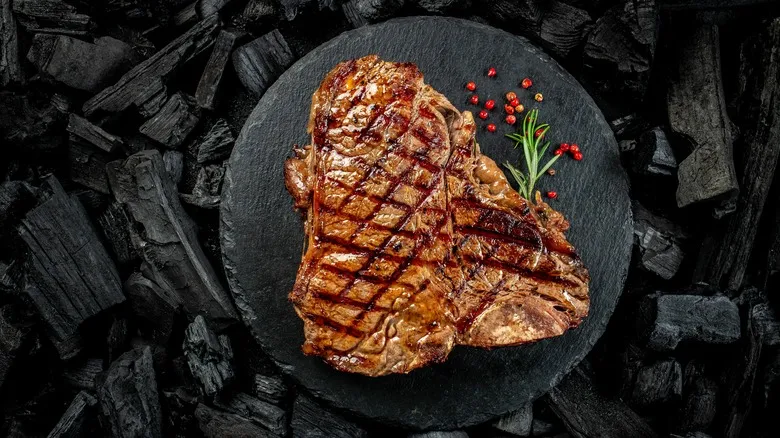
Grilling Vs Pan-Searing: The Best Way To Cook A T-Bone Steak
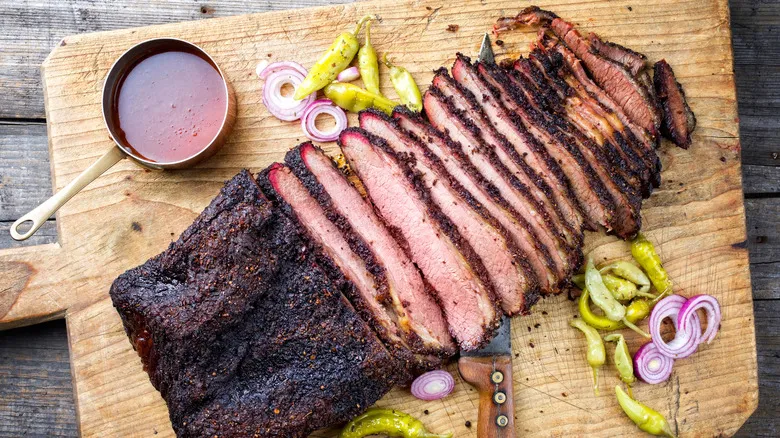
Why Smoked Meat Might Still Be Pink Inside
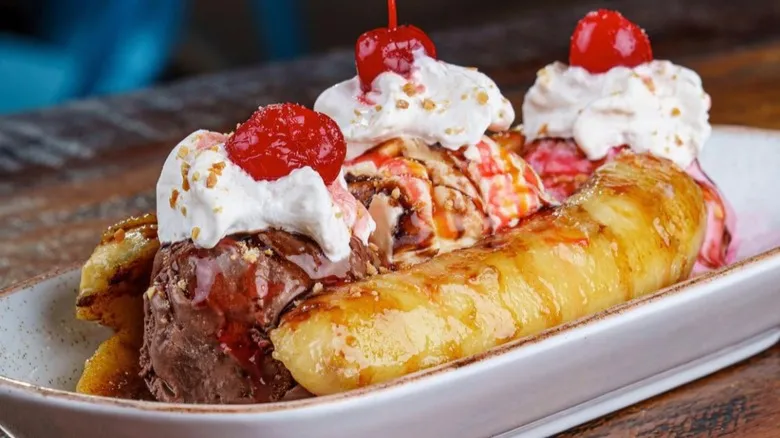
It's Time To Embrace The Grilled Banana Split
Next up


